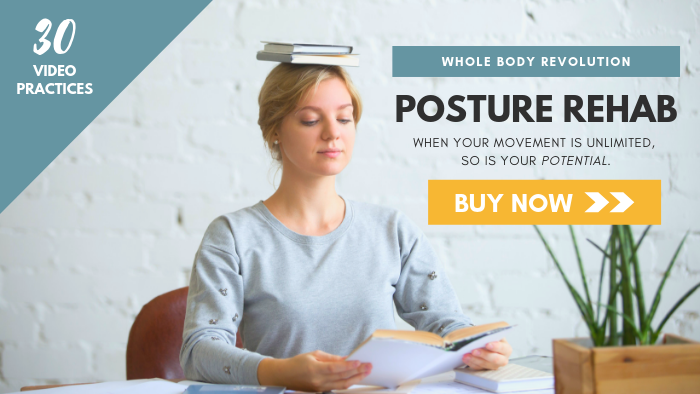Lack of hip flexibility is one of the most common issues I see in clients with lower back pain, middle back pain and neck and shoulder pain. Why are our hips so inflexible? Well, our bodies get really good at doing whatever it is we do repeatedly. Since we sit so much – at desks, on couches, in cars and restaurants – our hip flexors get tight, short and stiff.
Tight hip flexors pull your pelvis into anterior rotation, giving you a “sway-back” and throwing your body out of balance. A horizontal pelvis is as critical to good posture as a solid foundation is to a structurally sound building. Tip your pelvis too far in one direction or the other and your body has to compensate with excess tension elsewhere.
This kettlebell routine will help you develop functional flexibility in your hip flexors. It’s far more effective than static stretching because dynamic flexibility exercises prepare your body for real life. Your muscles need to be able to both lengthen and contract. Static stretching only trains the lengthening portion.
Also, dynamic movements actively engage your nervous system, the “software” that controls muscle tension. Working with the nervous systems is the fastest way to make changes to muscle tone throughout the body.
[sc name=”ppfl-cta”]
 I know you’d like to improve your flexibility. I hear this from my clients all the time! So far, I’ve showed you how to
I know you’d like to improve your flexibility. I hear this from my clients all the time! So far, I’ve showed you how to 